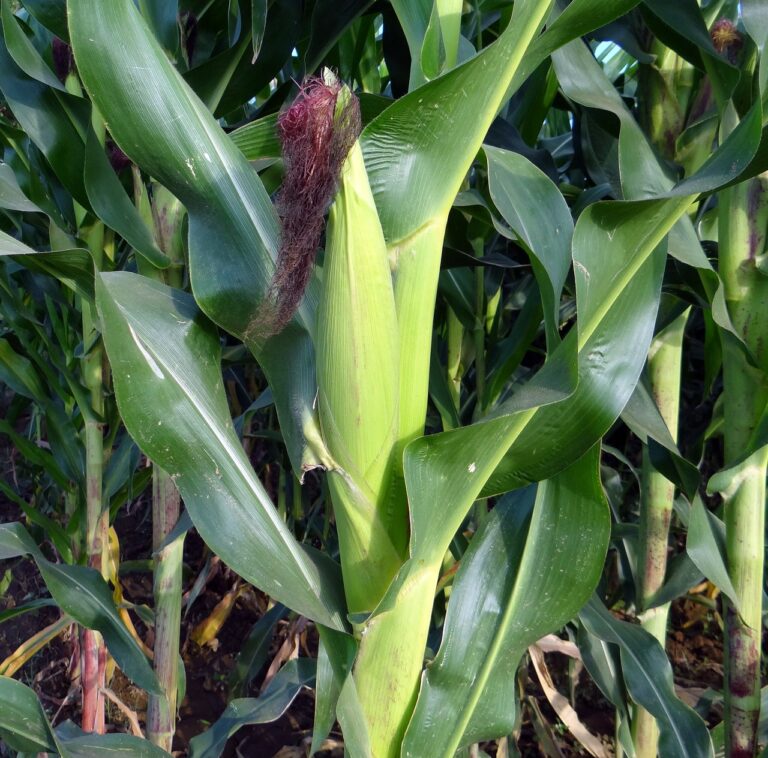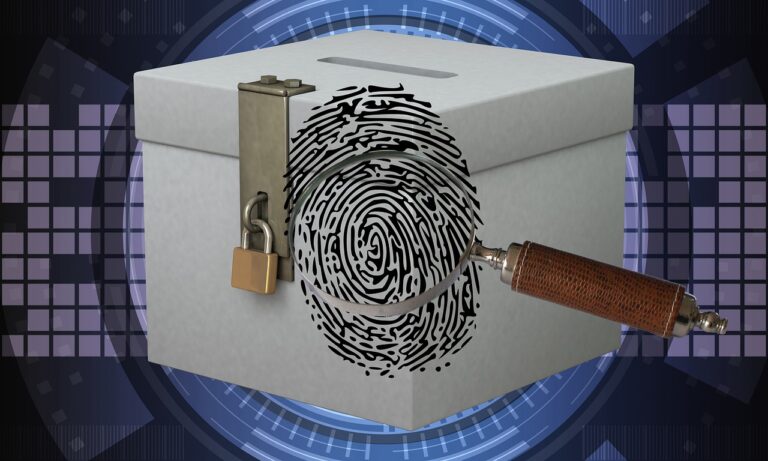Utilizing Geospatial Analysis in Election Auditing for Redistricting
goldbet6, tigerexch, betbook247 app:Utilizing Geospatial Analysis in Election Auditing for Redistricting
Have you ever wondered how exactly district lines are drawn during the redistricting process after each census? The process can often seem complex and even controversial, with accusations of gerrymandering cropping up frequently. However, with the rise of geospatial analysis tools, the redistricting process can now be more transparent and efficient than ever before.
Geospatial analysis, also known as geographic information system (GIS) technology, allows us to visualize, analyze, and interpret data based on geographic information. When it comes to redistricting, geospatial analysis can play a crucial role in ensuring fair and accurate representation for all citizens.
In the past, redistricting was often done manually, leading to the potential for human error and bias. With geospatial analysis, data can be analyzed and visualized in a way that ensures districts are drawn based on objective criteria, such as equal population size and geographic compactness.
By utilizing geospatial analysis in the election auditing process for redistricting, we can enhance transparency and accountability, ultimately leading to more equitable representation for all citizens. Let’s take a closer look at how geospatial analysis is revolutionizing the redistricting process.
Identifying Communities of Interest
One of the key advantages of geospatial analysis in redistricting is the ability to identify and preserve communities of interest. These communities can be defined by factors such as shared cultural heritage, socioeconomic status, or political beliefs.
By mapping out these communities using geospatial analysis tools, redistricting commissions can ensure that district lines are drawn in a way that maintains the integrity of these communities, rather than splitting them up for political gain.
Ensuring Equal Representation
Another important aspect of redistricting is ensuring equal representation for all citizens. Geospatial analysis allows for the creation of districts that have roughly equal populations, preventing some districts from being disproportionately larger or smaller than others.
By using geospatial analysis to optimize population distribution, redistricting commissions can uphold the principle of “one person, one vote,” ensuring that all citizens have equal representation in the electoral process.
Increasing Transparency
Geospatial analysis also plays a crucial role in increasing transparency during the redistricting process. By visualizing data on maps, stakeholders and the public can better understand how district lines are being drawn and ensure that the process is fair and unbiased.
With tools like interactive maps and online portals, citizens can actively participate in the redistricting process, providing input and feedback to ensure that their communities are fairly represented.
FAQs
Q: How does geospatial analysis prevent gerrymandering?
A: Geospatial analysis allows for objective criteria, such as compactness and equal population size, to be applied when drawing district lines, reducing the potential for gerrymandering.
Q: Can geospatial analysis eliminate bias in redistricting?
A: While geospatial analysis can help reduce bias by providing objective data, it’s essential to have oversight and transparency throughout the redistricting process to ensure fairness.
Q: How can citizens get involved in the redistricting process?
A: Citizens can participate in the redistricting process by attending public hearings, submitting feedback online, and using geospatial analysis tools to provide input on proposed district maps.
In conclusion, geospatial analysis is a powerful tool that can revolutionize the redistricting process by enhancing transparency, ensuring equal representation, and preserving communities of interest. By leveraging geospatial analysis in election auditing for redistricting, we can create fair and equitable electoral districts that truly represent the diverse voices of our communities.







